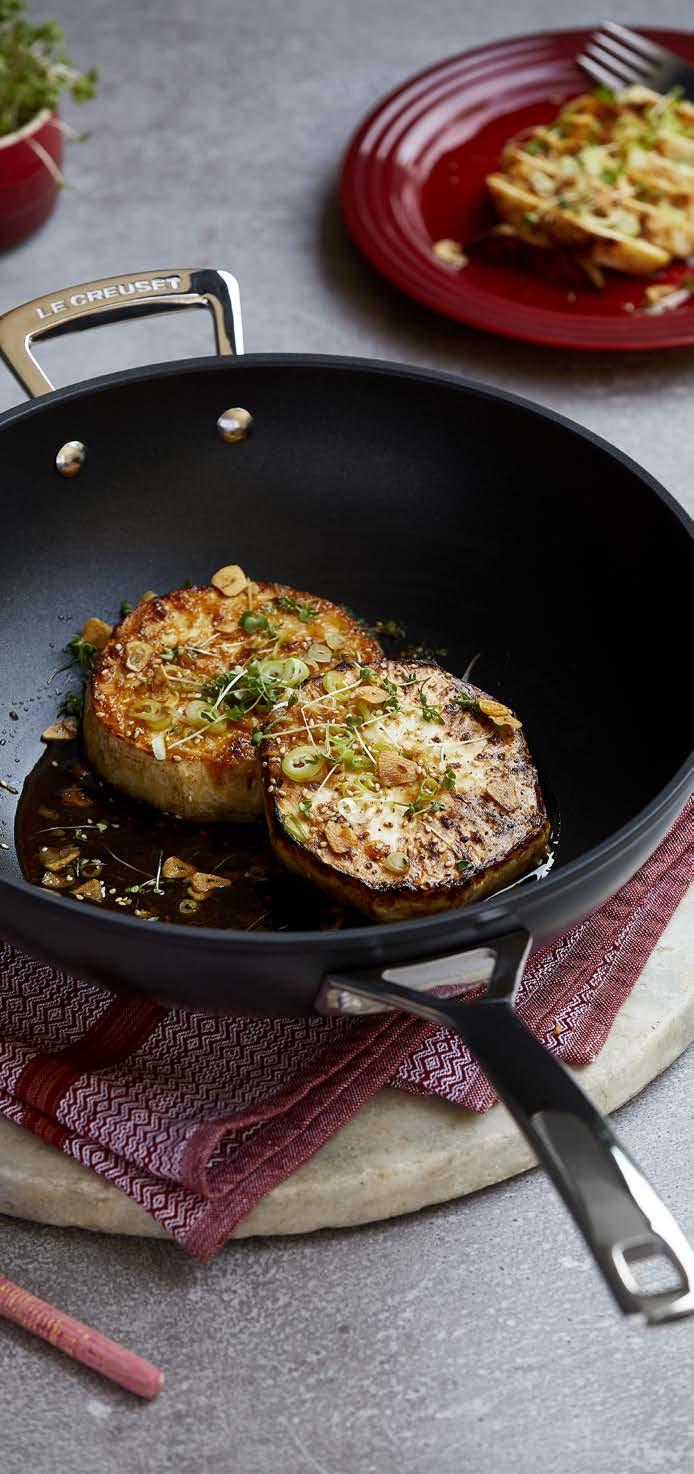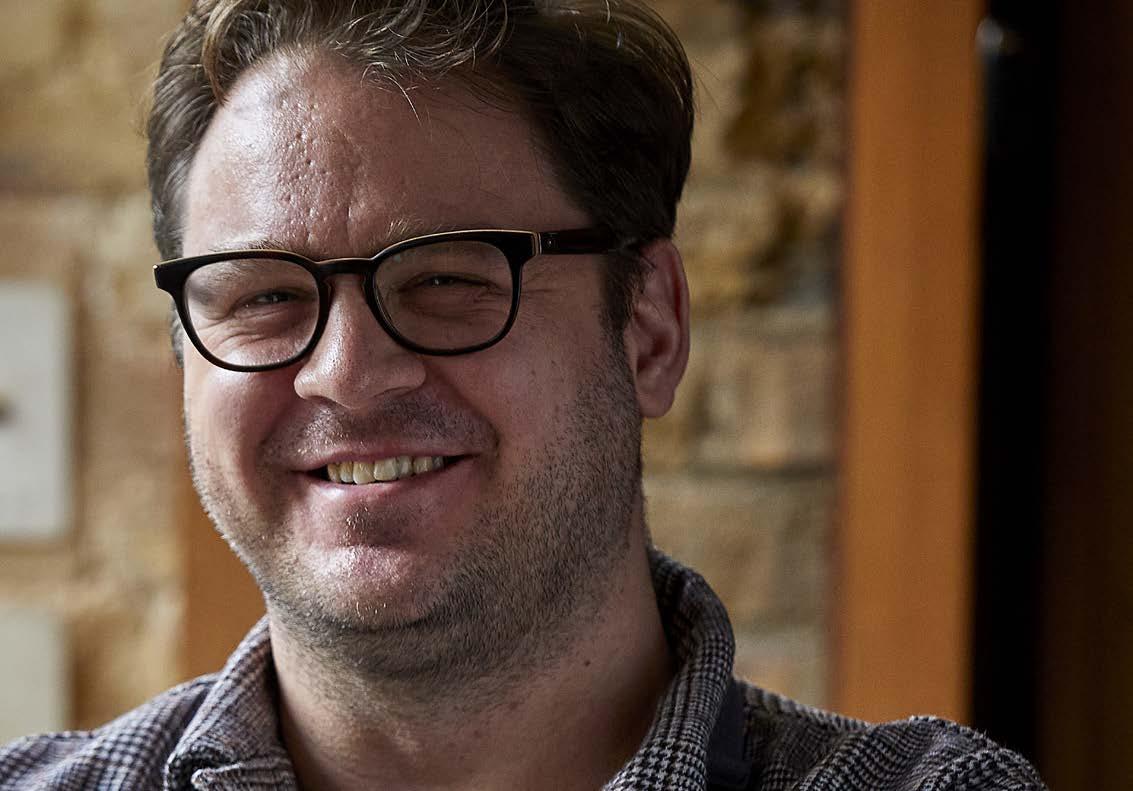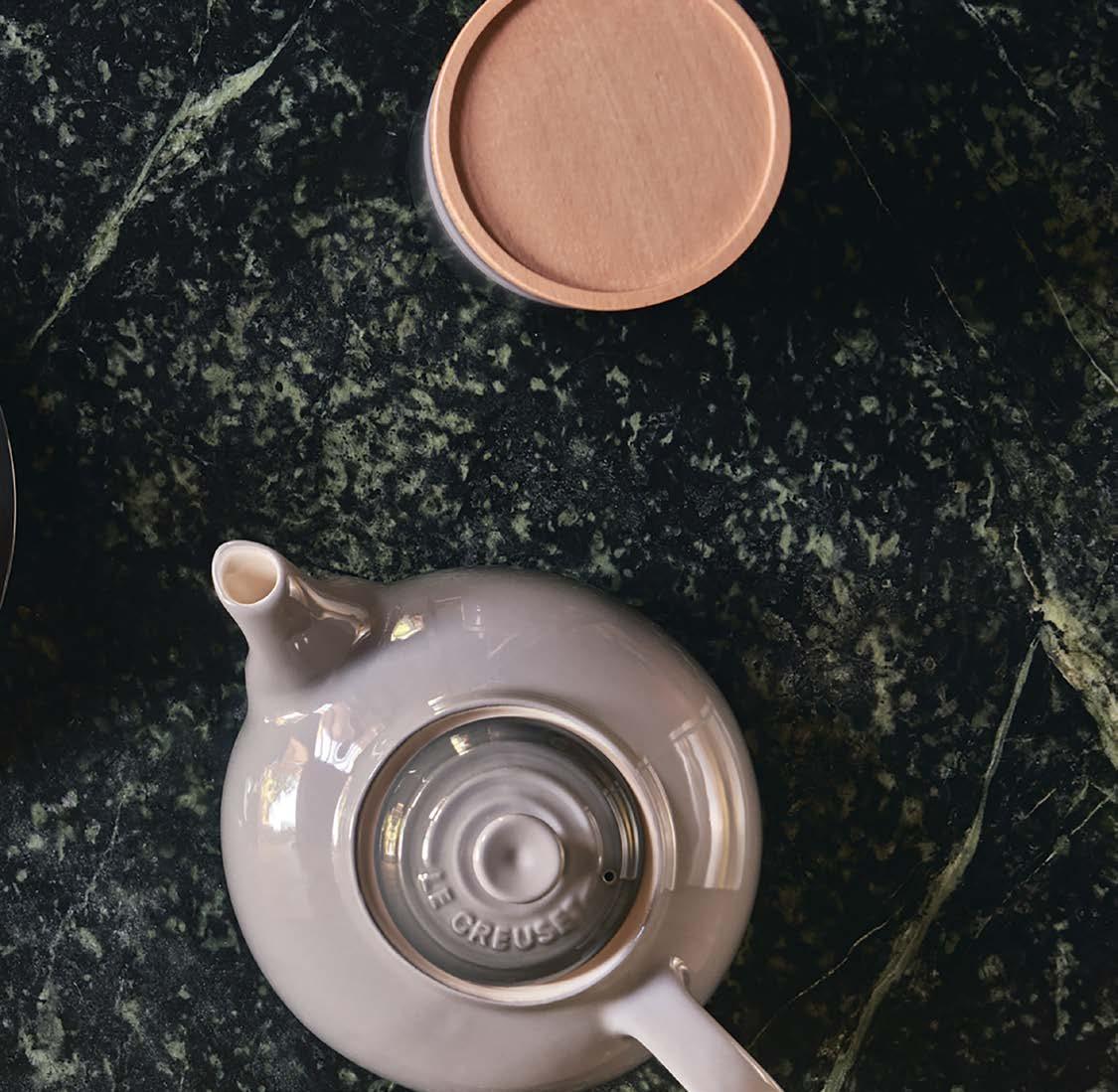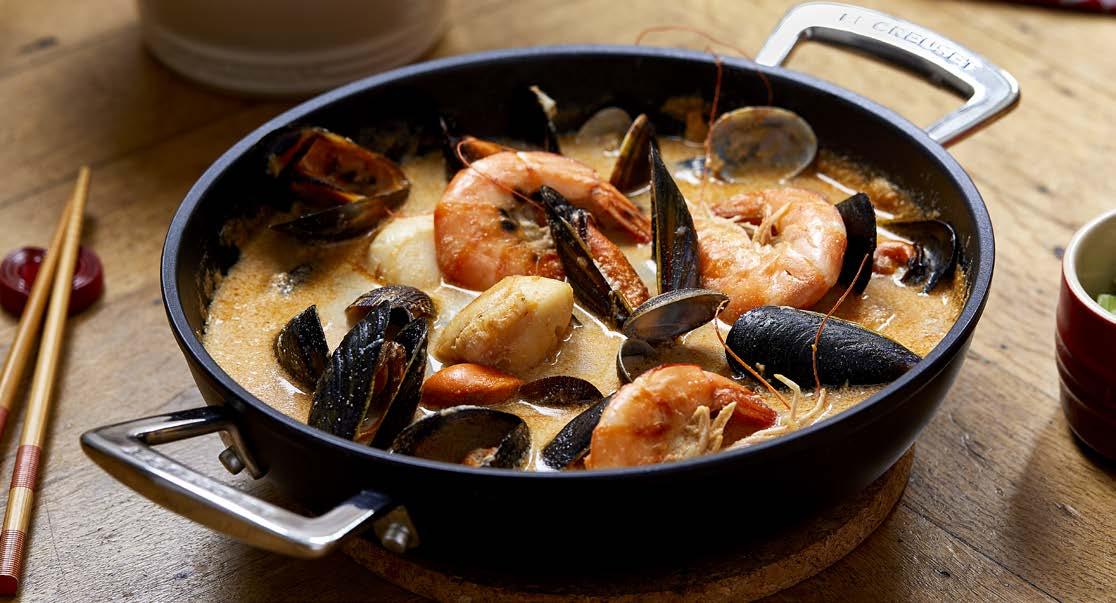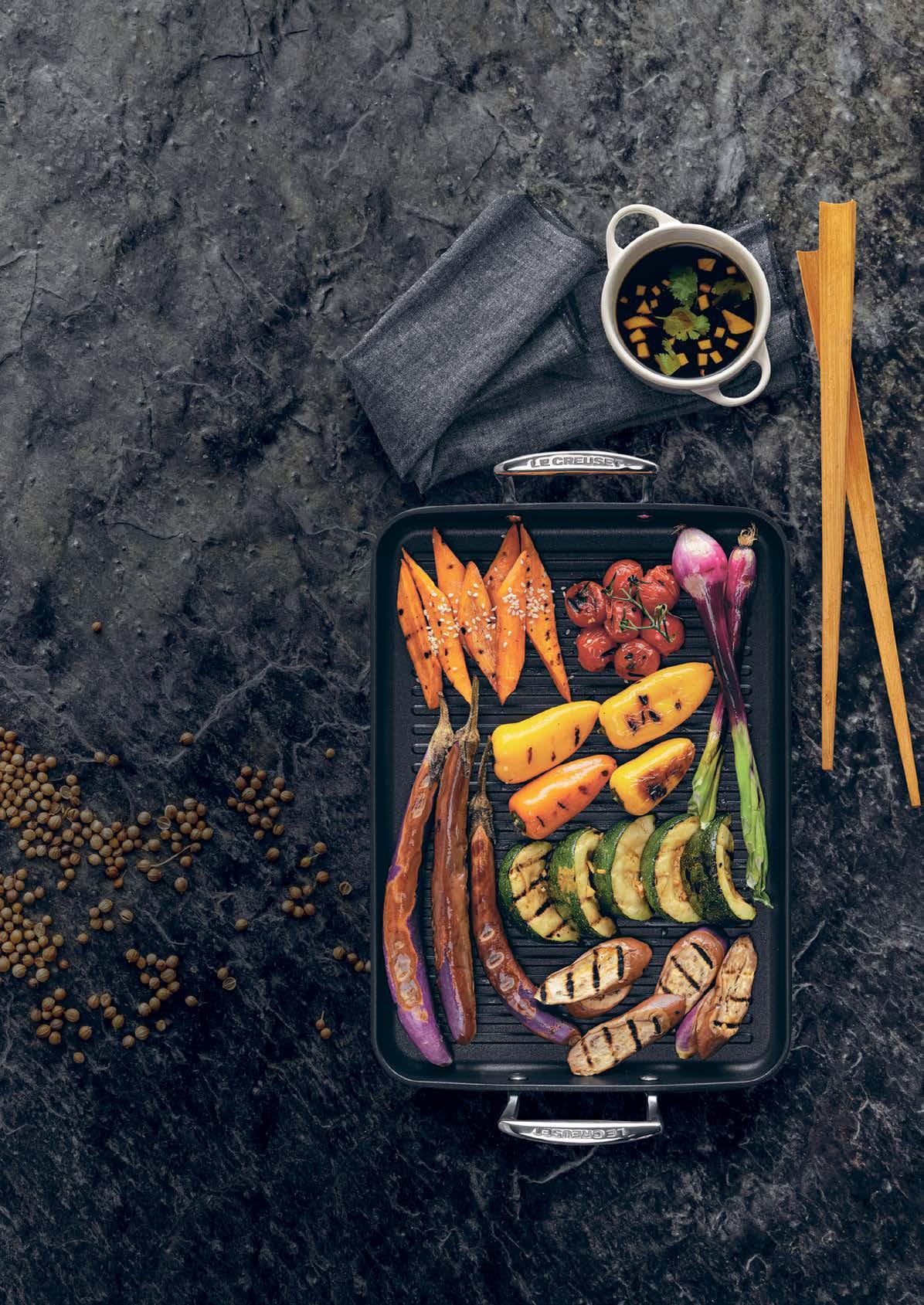
3 minute read
THE NEW CALM COLLECTION
C A L M B Y NAME C A L M B Y NATURE


WE SPEAK TO TIM ANDERSON, WINNER OF MASTERCHEF WHEN EAST MEETS WEST
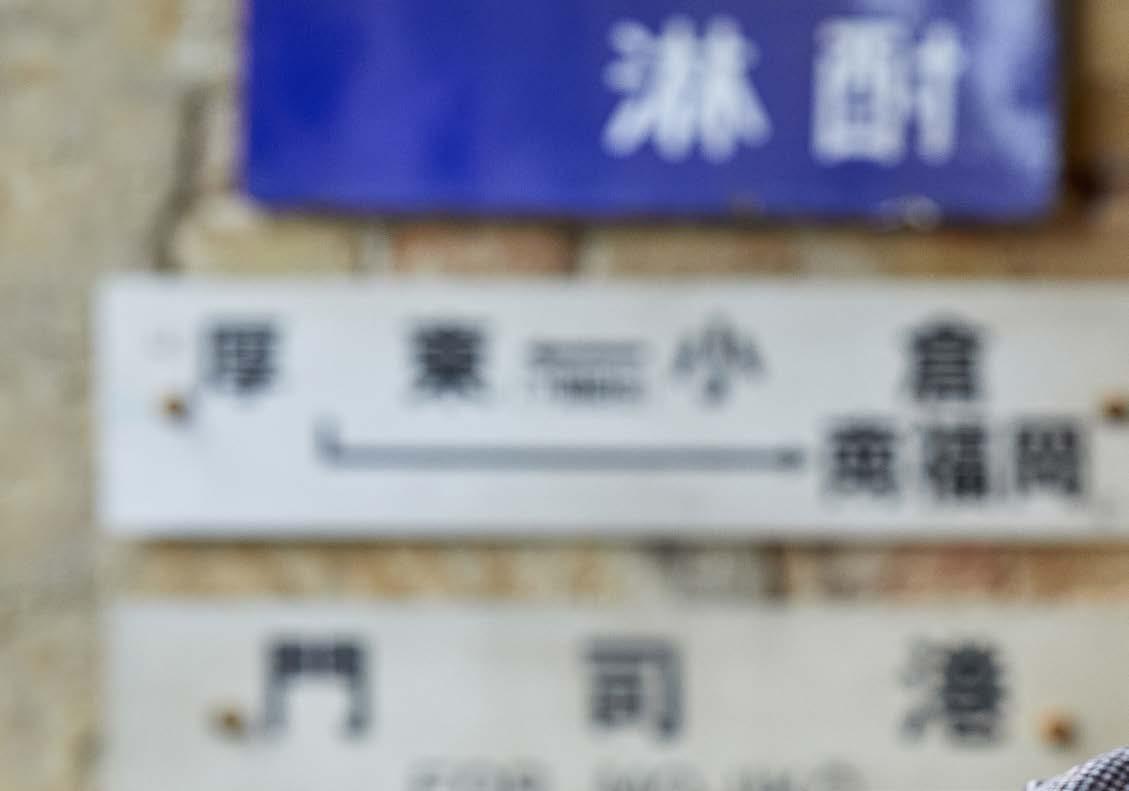
How did you first become interested in cooking? I have loved food since I was a little kid, so it was natural that I’d want to start cooking. What really got me into it was watching cooking shows when I was a teenager. At that time you could turn on the Food Network during prime time and see a great lineup of chefs like Emeril Lagasse, Ming Tsai, Giada De Laurentiis, Martin Yan, and Anthony Bourdain. It was an amazing time for food TV.
You studied Japanese gastronomy and lived in Japan for two years. Can you tell us more about your decision to do this? By the time I was in high school, I was already interested in Japanese video games, music, and anime. When I first saw [the cooking show] Iron Chef it just blew my mind. I had never seen anything like it. I tried as much Japanese food as I could, but there wasn’t much of it in Wisconsin, so I moved to Los Angeles for university to learn more. I studied Japanese food history and became obsessed with ramen, which eventually led me to get a research grant to study local food museums in Japan. After graduating, I moved to the Fukuoka prefecture for two years on a working holiday teaching English, which was really just a vehicle for me to travel around Japan and try as many regional foods as I could! Japanese food started as something I was interested in because it was weird and different. Now, a lot of it is actually food I find comforting and nostalgic, but there’s always something new to discover.
You won MasterChef in 2011. What was the experience like and how has it changed your life since? It was an incredible learning experience with amazing opportunities to be coached by some truly great chefs along the way. It presented me with loads of opportunities afterwards and I can safely say I would not be a published cookbook author or a restaurateur without MasterChef.
You opened your first restaurant Nanban in Brixton in 2015. Why did you decide on this name? Nanban is a word meaning ’southern barbarian’ used to describe Europeans many centuries ago. They were called ‘southern' because they arrived in the south of Japan, via Southeast Asia, and they were called ‘barbarians’ because that’s what they were, by Japanese standards. The word is no longer used in Japan except for in the names of certain Japanized European dishes, such as nanbanzuke (Japanese escabeche). It’s a good name for what we do because we actually make some of those dishes. We originally served food from the south of Japan with special attention to immigrant communities in that region, and because I’m a white guy cooking Japanese food. The ’southern’ part of the name took on another layer of meaning when we opened in South London.
You have written four cookbooks, Nanban: Japanese Soul Food, Japaneasy, Tokyo Stories and Vegan Japaneasy. What does each book offer? Nanban is almost entirely regional specialities from Kyushu and Okinawa, with a focus on various Kyushu-style ramen. Japaneasy is a guide to quick, simple Japanese dishes you can make with accessible ingredients that’s perfect for beginners but also has a lot of clever recipes even for experienced Japanese home cooks. Tokyo Stories is a cookbook-travelogue-photo art book hybrid detailing the food of Tokyo. And Vegan Japaneasy is a sort of plant-based sequel to Japaneasy that still covers the basics of Japanese cookery without actually repeating the first book.

